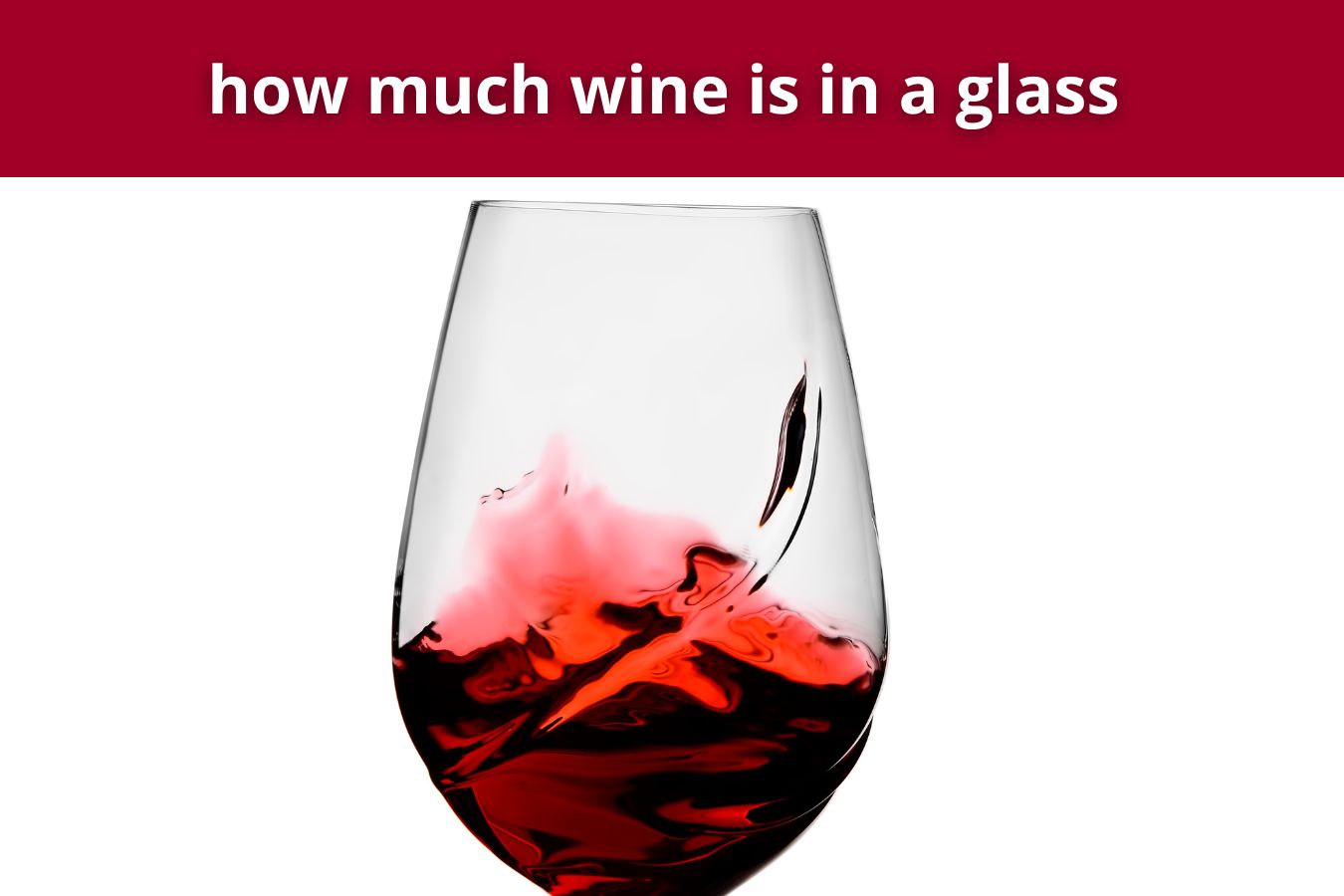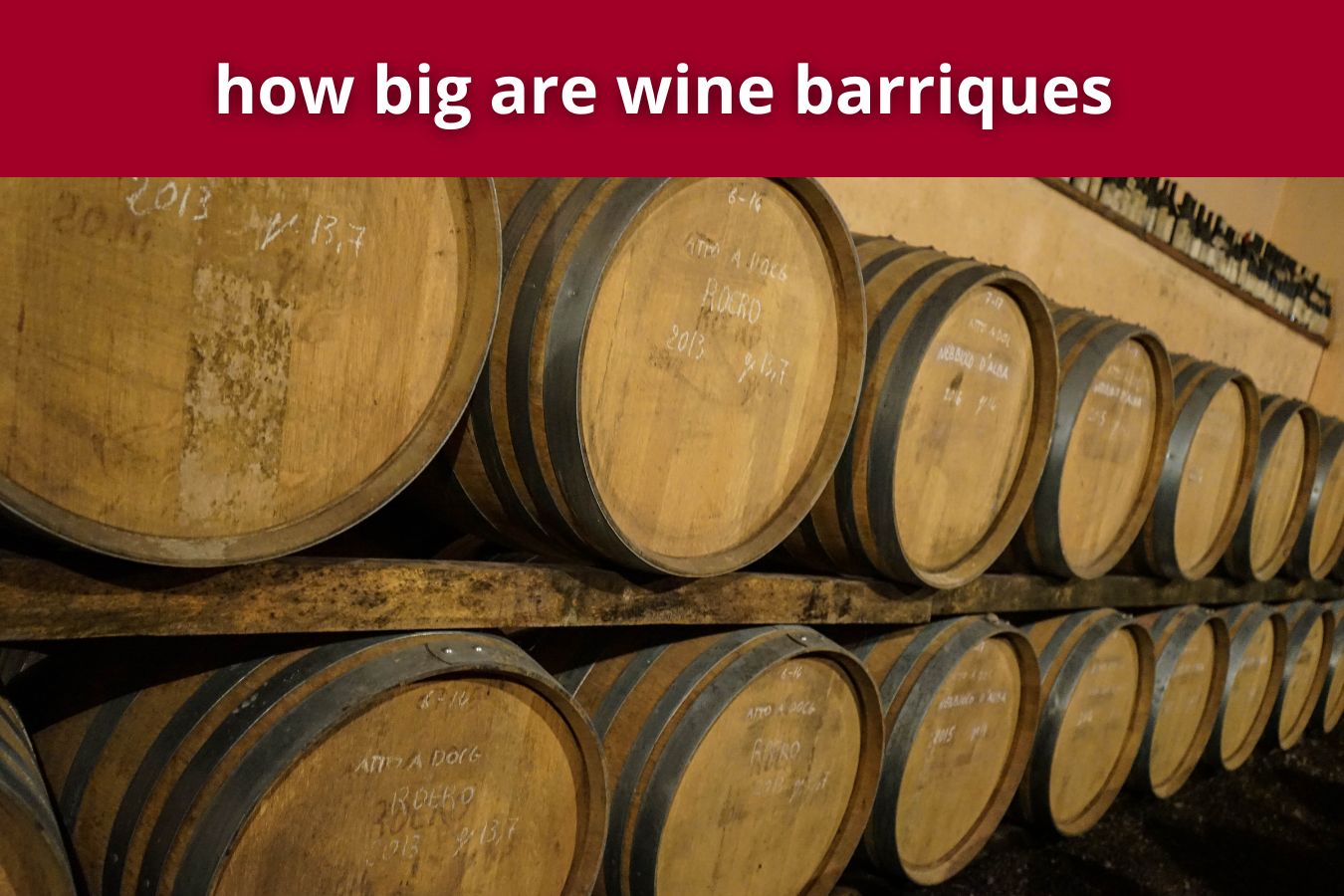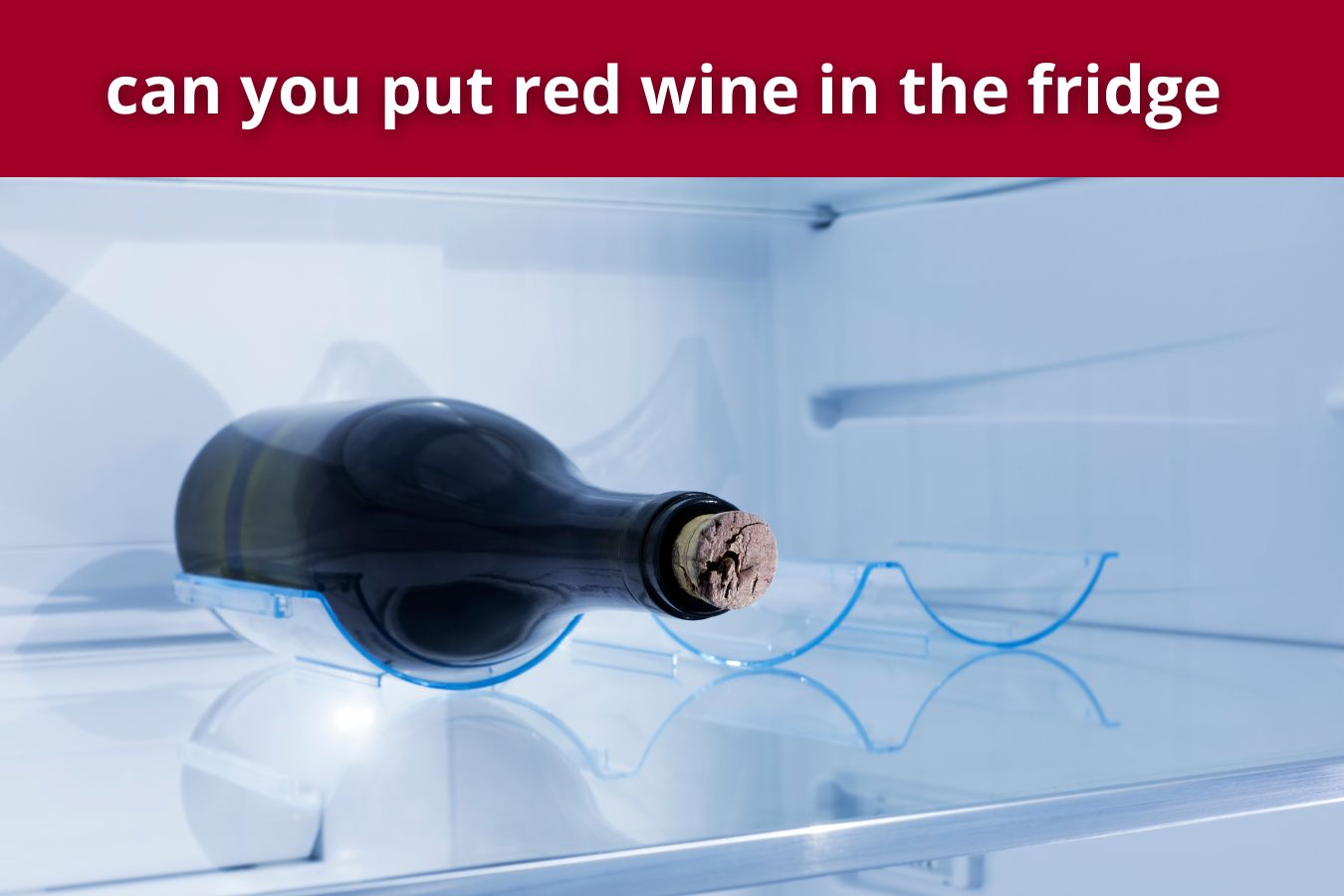Many people have a question, “Can you drink cooking wine?” The answer depends on your own individual circumstances. If you’re sensitive to alcohol, cooking wine may not be the best choice. However, it does contain some benefits for people who aren’t sensitive to alcohol. Read on to find out more. There are a few things to consider before drinking it, including the following:
Table of Contents
Preservatives
Most cooking wines have some preservatives. Sulfur dioxide is the most common preservative used by wine merchants. It is an antibacterial preservative, but it also has disease-causing properties. Sulfur dioxide is present in the wine because it inhibits microbial protein denaturation and coagulation. This is one of the main reasons why wine has a short shelf life. Sulfur dioxide also inhibits the growth of harmful bacteria.
Tannins are naturally occurring polyphenols found in leaves, bark, and xylem of plants. When these substances are extracted, they undergo polymerization and become protective colloids. Tanning wine reduces its bitterness and astringency by preventing the formation of saliva. But this does not mean that wine with a high tannin content is a bad choice. Instead, avoiding it altogether is the best choice for those who want a dry and flavorful wine.
High sodium content
The use of cooking wine is beneficial for flavouring food. Its acid content and flavor can mask the aggressive salt used in most dishes. However, the high sodium content of this wine can lead to high blood pressure. Most Americans are already suffering from high sodium levels. Adding cooking wine to the diet may be a risk factor for high blood pressure. To prevent this, you should check labels of processed foods and choose healthier alternatives instead.
Alcoholic Beverage, table, red, contains 4 mg of sodium per 100 grams. This amount represents 0% of the recommended daily allowance (RDA) for adults. However, it does contain a small amount of protein and carbohydrates. In a typical serving of one fl. oz. of wine, you can have a moderate intake. Just make sure you use small amounts of wine. Sodium levels in wine vary greatly from one type to another.
Health risks
One of the health risks of drinking cooking wine is alcohol poisoning, which occurs when a man or woman drinks more than five glasses of the stuff in a short period of time. Although this may seem unlikely, the alcohol in cooking wine can actually damage the liver, which is a key organ for processing alcohol. Cooking wine is particularly high in salt, which can damage arteries. If consumed in excessive amounts, cooking wine can lead to alcohol-related liver disease, especially among heavy drinkers.
Because cooking wine is not meant to be consumed, health risks are increased. As a result, cooking wine is often used by underage drinkers. Because it’s not regulated like other alcohol products, it’s easy to buy it without ID at grocery stores. Additionally, its high sodium content makes it especially dangerous for young people, as it contributes to high blood pressure and kidney problems. Cooking wine is also not regulated, making it an especially dangerous choice for underage drinkers.
Doesn’t contain sulfites
While sulfites in wine are harmless for most people, they can be harmful to individuals with severe asthma or a lack of enzymes that break them down. The amount of sulfite in wine is regulated around the world. Wines with more than 10 parts per million (ppm) of sulfite must bear warning labels. Fortunately, most new wines don’t contain sulfites.
When sulfites are added to wine during the fermentation process, they are absorbed by the food and subsequently broken down by the alcohol in the wine. Cooking the wine for longer periods of time helps to break down more sulfites. Additionally, the exposure of the wine to air can help to remove some sulfites as well. Despite the reduction of sulfites in wine, some people still prefer to avoid cooking with it.
Expiration date
Although cooking wine is not drunken, it does have an expiration date. While most varieties have one-year shelf lives, some can last as long as three or five years. Cooking wine can be used for years if it is kept properly and stored in a cool, dark place. Unopened bottles should be stored in a cool, dark place to extend their shelf life. Cooking wine is not as sweet or flavorful as wine that sits in a cabinet.
The shelf life of unopened wine is higher than that of opened bottles, but it is still possible for wine to spoil. Unopened cooking wine can be drunk up to five years after the printed expiration date. But fine wines can last up to a century or more if stored in a wine cellar. If a wine smells bad, you can simply drink it before cooking with it. But if you have cooked with it, the result may be unpleasant!
Safe for pregnant women
There is little concern in drinking alcohol in cooked dishes while you are pregnant, but it is important to know that some foods contain small amounts of alcohol, such as desserts. For example, orange juice is a common source of alcohol, and is generally safe for pregnant women. But it is still a good idea to use moderation when cooking wine-based dishes. Here are a few examples of dishes that are safe to eat during pregnancy.
First, be careful not to drink too much wine while pregnant. Alcohol can affect the development of the baby and can pass into the breast milk. Although it is safe to drink a small amount of wine while pregnant, drinking too much is not recommended, especially if you are planning to conceive. It is also important to discuss alcohol consumption with your doctor if you are already pregnant. However, in general, it is safe for pregnant women to drink cooking wine as long as it is not too much.







